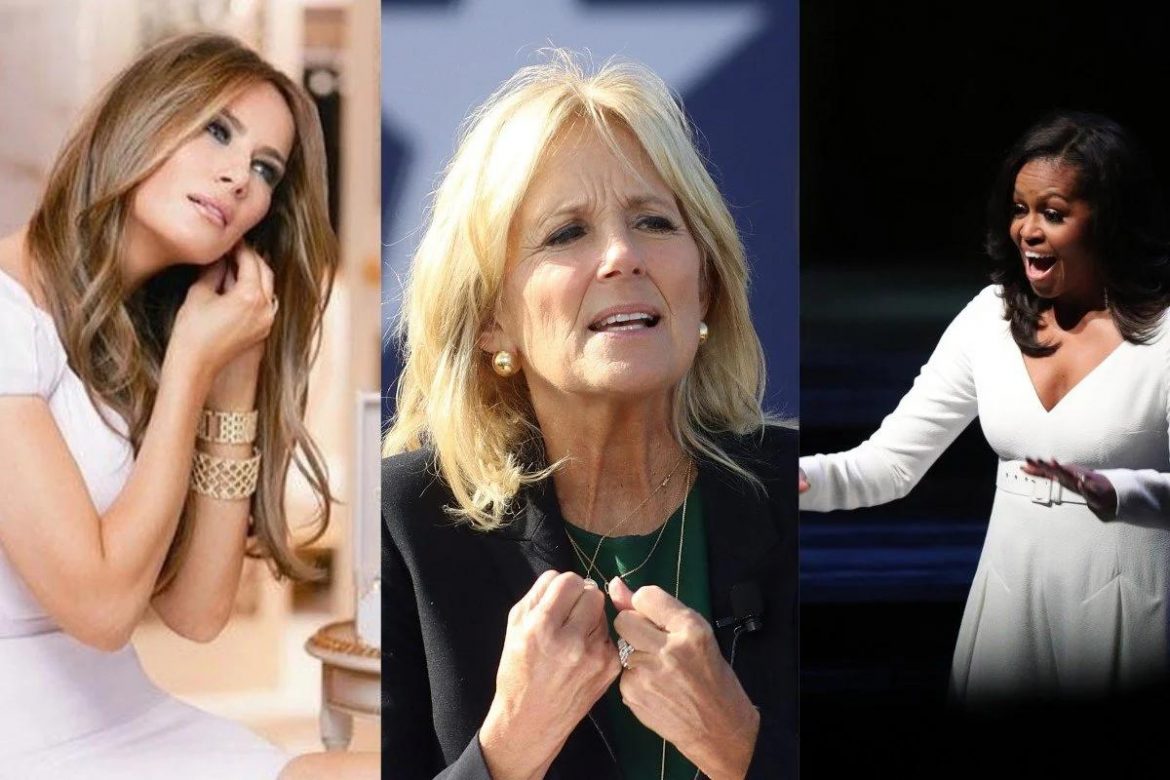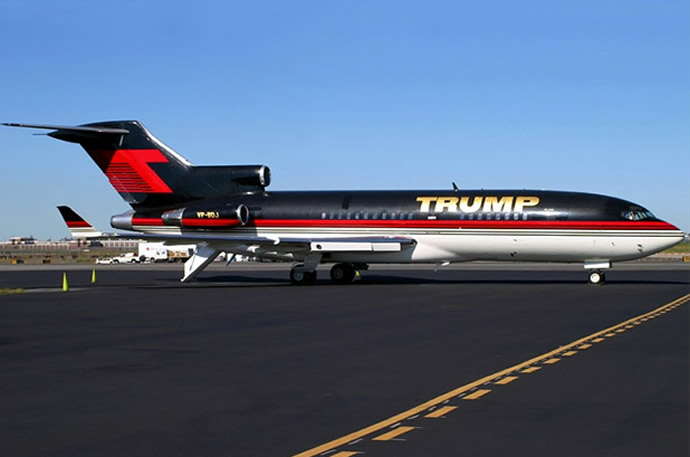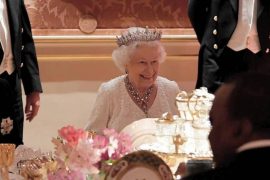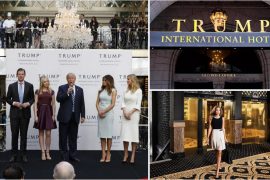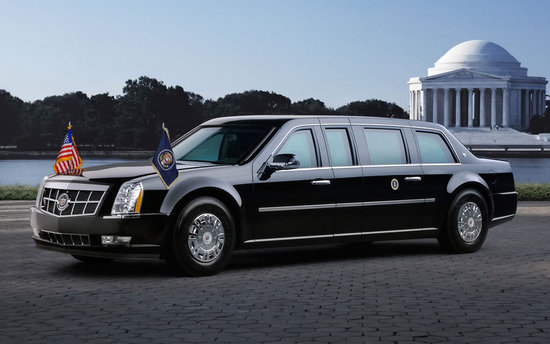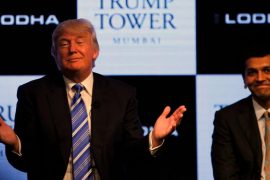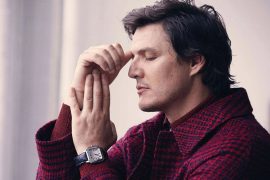While the role has no official job description, generations of first ladies have used their powerful position to influence the White House and beyond. Let’s take a look at who, and how.
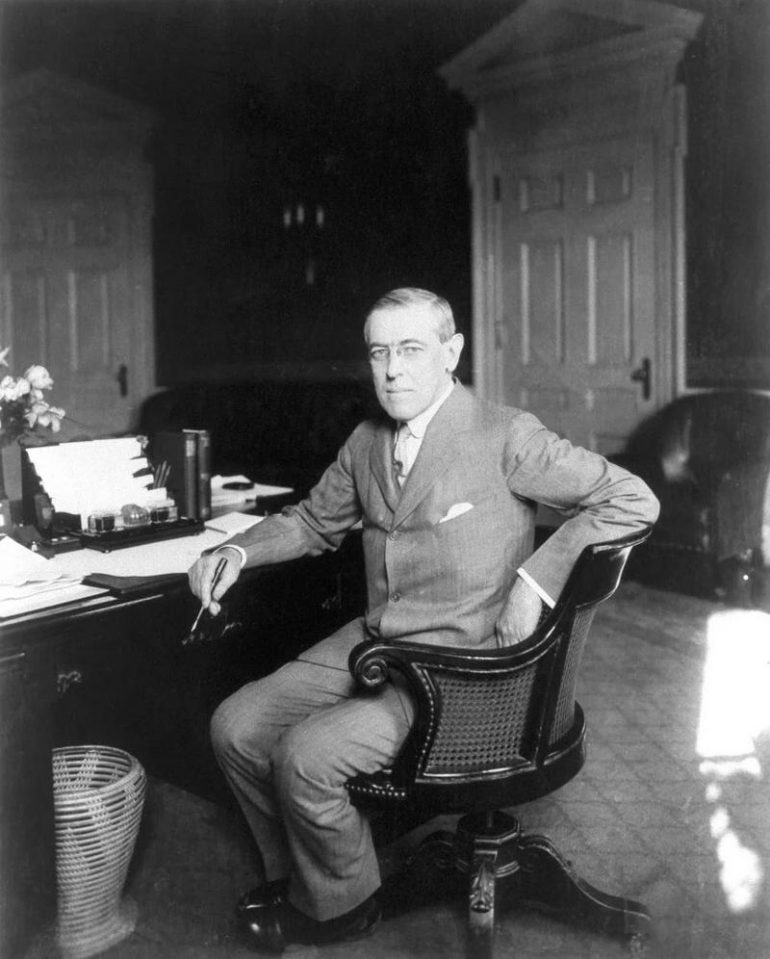
The first lady who secretly ran the country
It’s not just the aesthetics of the White House that have fallen under the first lady’s unofficial responsibilities, with several women in the role credited historically for making some major decisions on their spouse’s behalf.
In 1919, President Woodrow Wilson was bedridden following a stroke. While in such cases the vice-president should take over, his wife Edith was in fact secretly making decisions for a year and a half.
In less dramatic circumstances, Nancy Reagan is said to have wanted Ronald Reagan to fire his chief of staff Donald Regan in 1987 before he ultimately resigned. And in 2018, Melania Trump publicly called for deputy national security adviser Mira Ricardel to be dismissed.
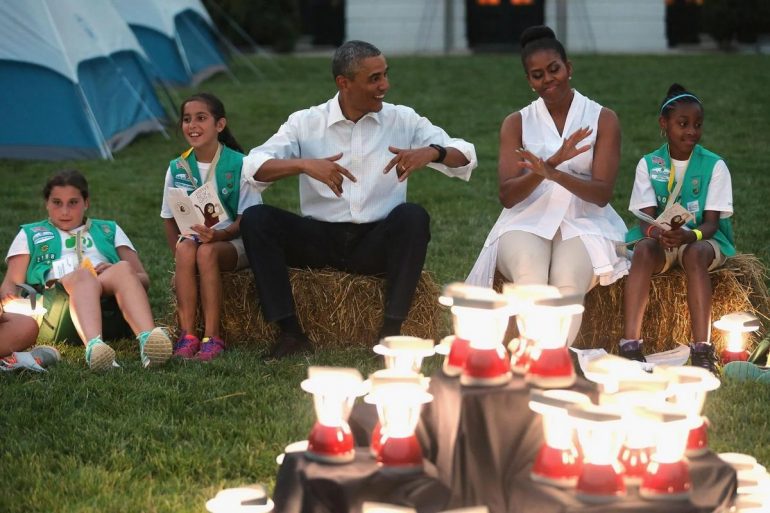
The issues they care about most influence policy
Whether its lobbying for healthier food in schools like Michelle Obama’s Let’s Move campaign, shining a spotlight on the vaping crisis like Melania Trump’s Be Best initiative, or telling young people to “just say no” to drugs like Nancy Reagan – what the first lady cares about often ends up making it to the Congress floor.
“The White House depends so much on their unpaid and unofficial status,” Lauren A. Wright told website HowStuffWorks. The author of On Behalf of the President: Presidential Spouses and White House Communications Strategy Today, added: “There’s an advantage to that, to be able to leverage this person who seems like they’re apolitical, not vested in political outcomes.”
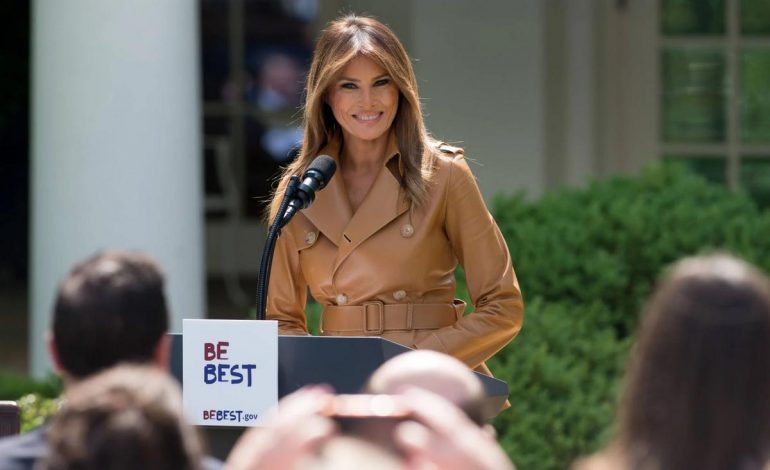
In each of these administrations and ones that followed, issues highlighted by the first lady have led to discussions on policy changes and government crackdowns, including the Hunger-Free Kids Act Barack Obama’s administration brought in, in 2010.
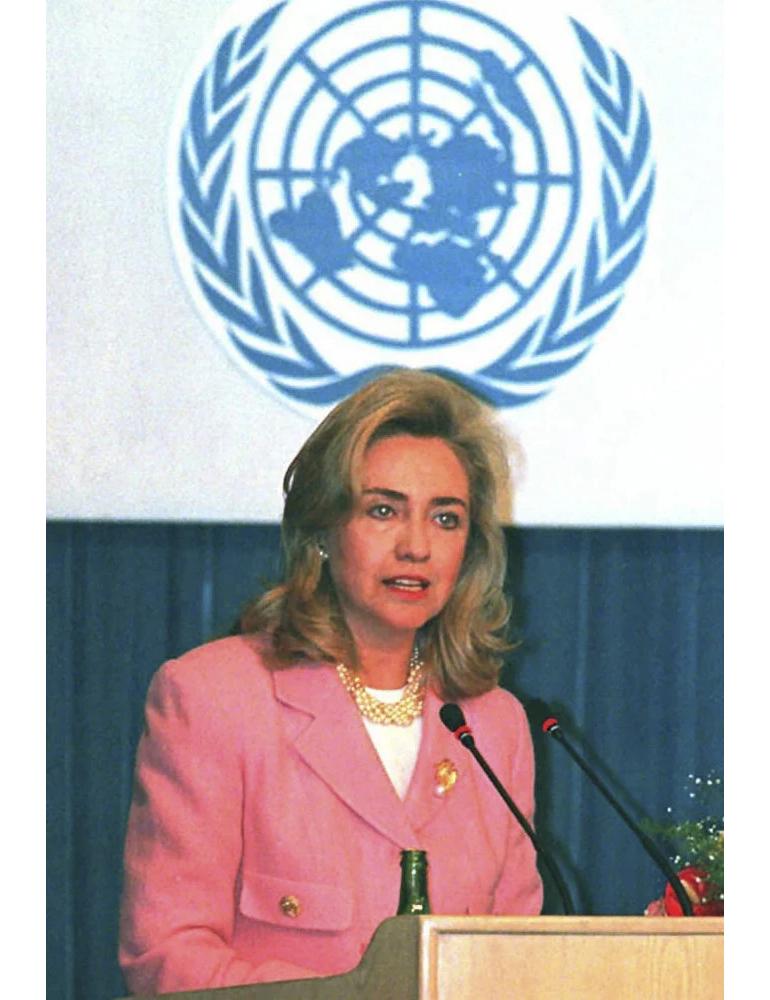
But the first lady can also take an official cabinet role
A big part of the president winning the White House has to do with the popularity of the future first lady. For that reason they bear a heavy weight on the campaign trail and often advise on how the strategy is carried out.
In the past, a first lady’s work has resulted in official roles in the president’s administration. Before she became a presidential contender herself, Hillary Clinton had an office in the West Wing of her husband Bill’s administration, after she was given the role as chair of the Task Force on National Health Care Reform in 1993. She became an advocate for expanding health insurance coverage and wrote a weekly newspaper column.
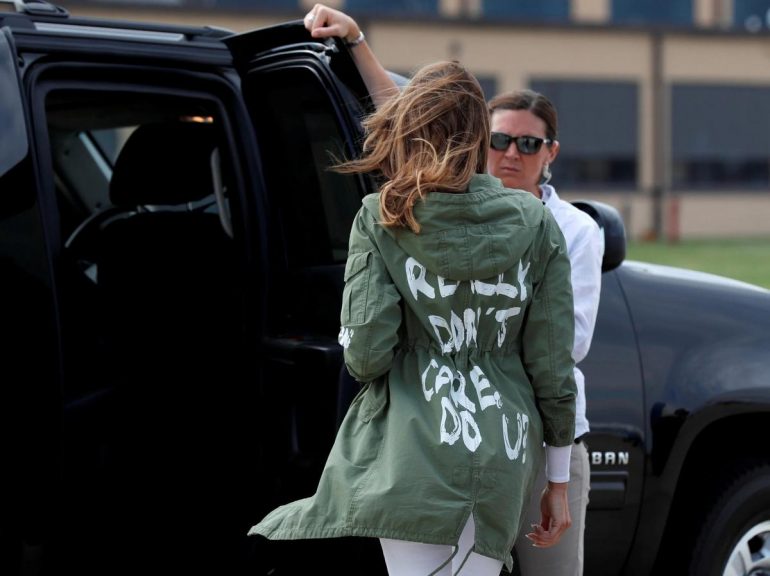
First ladies influence fashion for generations to come
We’ve seen the Democratic women of Congress wear white for women’s suffrage and the first ladies wear politically neutral purple. And fashion has long been used to make a statement (just ask Michelle Obama or Nancy Pelosi).
Although it also contributes to a thriving economy, especially when first ladies support American designers, there are downsides to being a fashion icon; Melania was criticised for wearing her Zara, “I really don’t care. Do U?” jacket to the Mexican border in 2018 as it was deemed insensitive – for seemingly obvious reasons.
Note: This story was originally published on SCMP and has been republished on this website.
